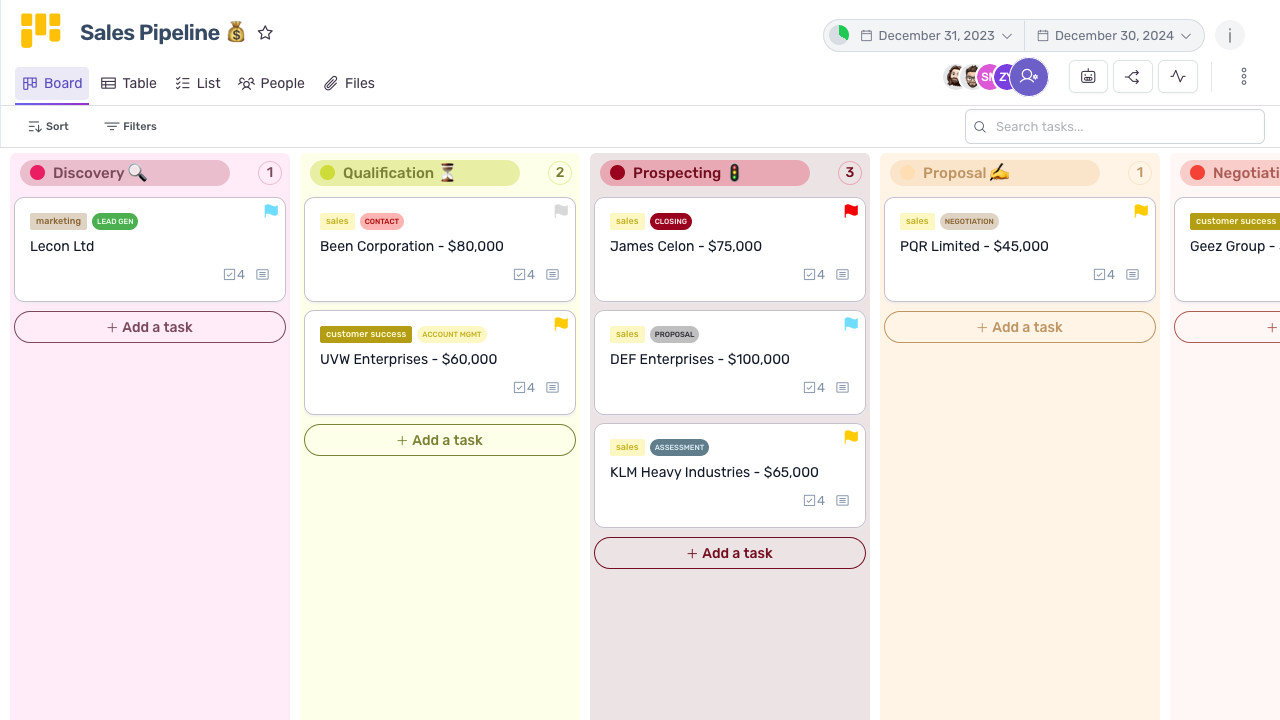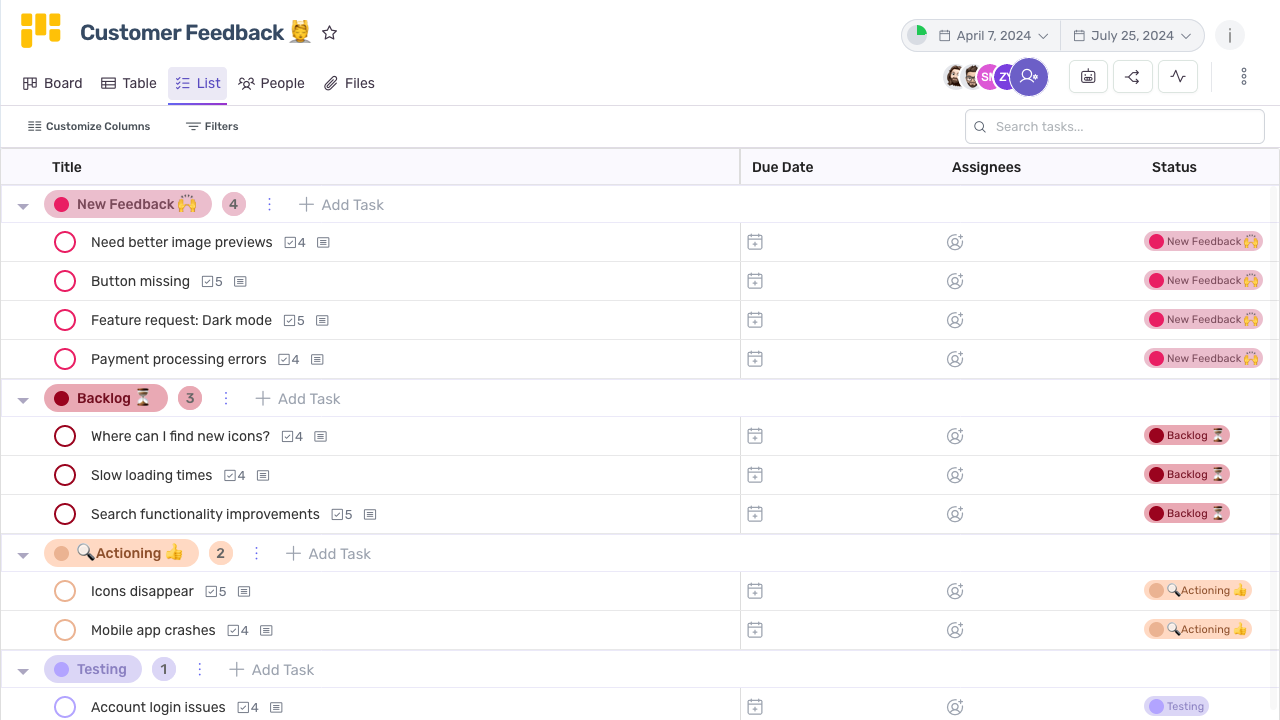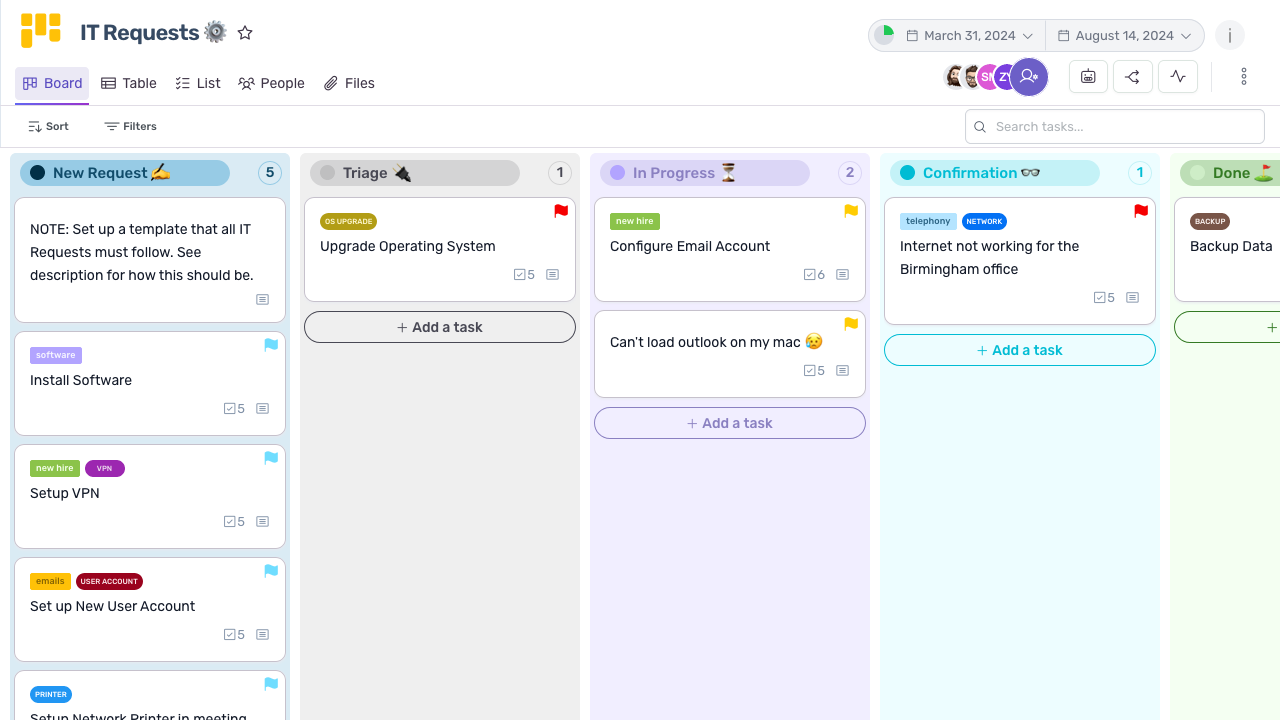Task Slack is a crucial concept in project management that ensures project schedules are flexible enough to accommodate unforeseen delays or changes. In this article, we will delve into the definition, importance, calculations, and strategies of utilizing task slack effectively.

Understanding the Concept of Task Slack
In project management, task slack refers to the amount of time an activity or task can be delayed without affecting subsequent tasks or the project’s overall schedule. It represents the cushion or buffer time available to project managers to address unexpected issues, delays, or risks.
Task slack is a critical concept in project management as it allows project managers to effectively manage and control the project’s schedule. By understanding task slack, project managers can make informed decisions about resource allocation, risk management, and project timelines.
Task slack, also known as float or free slack, is the difference between the earliest and latest possible start times or finish times of an activity. It helps project managers identify activities that have flexibility in their scheduling without impacting the project’s critical path.
The critical path is the sequence of activities that determines the project’s overall duration. Activities on the critical path have zero slack, meaning any delay in these activities will directly impact the project’s completion date. On the other hand, activities with task slack can be delayed without causing a delay in the project’s overall schedule.
Definition of Task Slack
Task slack, also known as float or free slack, is a fundamental concept in project management. It allows project managers to assess the flexibility of individual tasks and make informed decisions about resource allocation and project scheduling.
Task slack is calculated by determining the difference between the earliest and latest possible start times or finish times of an activity. The earliest start time is the earliest point at which an activity can begin without delaying any subsequent tasks. The latest start time is the latest point at which an activity can start without delaying the project’s overall schedule.
Similarly, the earliest finish time is the earliest point at which an activity can be completed without delaying any subsequent tasks, while the latest finish time is the latest point at which an activity can be finished without delaying the project’s overall schedule.
By understanding task slack, project managers can identify activities that have flexibility in their scheduling and prioritize their resources accordingly. It allows project teams to allocate resources efficiently, minimize risks, and ensure the project’s success.
Importance of Task Slack in Project Management
Task slack plays a vital role in project management by providing flexibility and allowing project teams to handle unexpected delays or disruptions. It ensures that the project schedule remains adaptable to changes while still achieving the desired outcomes.
One of the key benefits of task slack is its ability to absorb unexpected delays or issues that may arise during the project’s execution. By having a buffer of time available, project managers can address these issues without impacting the project’s critical path or overall schedule.
Task slack also allows project managers to optimize resource allocation. By identifying activities with task slack, project managers can allocate resources to critical path activities while utilizing the available slack for non-critical activities. This ensures that resources are utilized efficiently and the project remains on track.
Furthermore, task slack provides project teams with the flexibility to adapt to changes in project requirements or scope. As project priorities and deliverables evolve, task slack allows project managers to adjust schedules and allocate resources accordingly, ensuring that the project remains aligned with its objectives.
By understanding the importance of task slack, project managers can effectively allocate resources, maintain project timelines, and minimize potential risks that could derail the project’s success. Task slack is a valuable tool in project management that enables project teams to navigate uncertainties and deliver successful outcomes.
The Role of Task Slack in Project Planning
Task slack significantly influences project planning, especially regarding project scheduling and resource allocation. Let’s explore its impact on these crucial aspects of project management.
Project planning is a complex process that requires careful consideration of various factors. One such factor is task slack, which plays a vital role in creating realistic and achievable project schedules. Task slack refers to the amount of time a task can be delayed without affecting the overall project timeline.
When project managers identify tasks with high slack, they can prioritize critical activities and allocate resources accordingly. By focusing on these tasks, project teams can ensure timely project delivery and minimize the risk of delays. On the other hand, tasks with little or no slack require close monitoring and efficient allocation of resources to avoid any potential setbacks.
Task Slack and Project Scheduling
Task slack enables project managers to create realistic and achievable project schedules. By identifying tasks with high slack, project teams can focus on critical activities to ensure timely project delivery. On the other hand, tasks with little or no slack require close monitoring and efficient allocation of resources to avoid delays.
Consider a construction project where the foundation needs to be laid before any other tasks can begin. This task has high slack because it can be delayed without affecting subsequent activities. However, tasks such as installing windows or painting the walls may have little slack, as any delay in these tasks can potentially impact the overall project timeline.
By understanding the concept of task slack, project managers can make informed decisions when creating project schedules. They can allocate resources based on the criticality of tasks, ensuring that the right resources are available at the right time. This approach not only improves project efficiency but also enhances overall project success.
Task Slack and Resource Allocation

The presence of task slack allows project managers to allocate resources more effectively. By understanding the flexibility in task schedules, project teams can adjust resource allocation to ensure optimal utilization without overburdening specific team members or departments.
For example, imagine a software development project where different tasks require the expertise of different team members. By identifying tasks with high slack, project managers can allocate resources in a way that balances the workload across the team. This prevents any individual from being overwhelmed with work while others have idle time.
Additionally, task slack helps project managers anticipate and plan for future resource requirements. By analyzing the slack in different tasks, they can identify potential bottlenecks and allocate resources accordingly. This proactive approach minimizes last-minute resource constraints and allows for smoother project execution.
In conclusion, task slack plays a crucial role in project planning. It enables project managers to create realistic schedules, prioritize critical activities, and allocate resources effectively. By understanding the concept of task slack, project teams can ensure timely project delivery and optimize resource utilization, leading to successful project outcomes.
Calculating Task Slack in Project Management
Accurately determining task slack is crucial for project managers in assessing project timelines and managing potential risks. Let’s explore the steps and tools involved in calculating task slack.
Task slack, also known as float, is the amount of time a task can be delayed without affecting the project’s overall timeline. It represents the flexibility project managers have in scheduling tasks and managing potential delays.
Steps to Determine Task Slack
To calculate task slack, project managers need to follow these steps:
Identify all project tasks and their dependencies.
Before calculating task slack, project managers must have a clear understanding of all the tasks involved in the project and their dependencies. This involves creating a comprehensive project plan that outlines the sequence of tasks and their relationships.
Determine the project’s critical path, which includes tasks with zero slack.
The critical path is the longest sequence of dependent tasks that determines the project’s overall duration. Tasks on the critical path have zero slack, meaning any delay in these tasks will directly impact the project’s completion date. Identifying the critical path is essential for understanding which tasks are most critical to the project’s success.
Calculate the earliest start time and earliest finish time for each task.
The earliest start time (EST) is the earliest point in time when a task can begin, considering its dependencies and the project’s start date. The earliest finish time (EFT) is the estimated time when a task will be completed, assuming no delays or interruptions.
Calculate the latest start time and latest finish time for each task by working backward from the project’s end date.
The latest start time (LST) is the latest point in time when a task can start without affecting the project’s overall duration. The latest finish time (LFT) is the latest time a task can be completed without delaying the project’s completion. These calculations are done by working backward from the project’s end date, considering the dependencies and slack of subsequent tasks.
Subtract the earliest start time from the latest start time (or earliest finish time from the latest finish time) to determine the task slack.
Task slack is calculated by subtracting the earliest start time (EST) from the latest start time (LST) or the earliest finish time (EFT) from the latest finish time (LFT). The result represents the amount of time a task can be delayed without affecting the project’s overall timeline.
Tools for Calculating Task Slack

Project management software, such as Teamhub, provides built-in features for calculating task slack. These tools automate the process and offer real-time insights into each task’s slack, enabling project managers to make informed decisions during project planning and execution.
In addition to project management software, project managers can also use other tools like Gantt charts and critical path analysis techniques to visualize and analyze task slack. These tools provide a graphical representation of the project’s timeline, dependencies, and critical path, making it easier to identify tasks with slack and potential areas of risk.
By utilizing these tools and following the steps mentioned above, project managers can accurately calculate task slack and effectively manage project timelines and risks. The ability to identify and leverage task slack is a valuable skill that allows project managers to optimize resources, adjust schedules, and ensure successful project delivery.
Strategies to Effectively Utilize Task Slack
To make the most of task slack, project managers should adopt certain strategies that promote a balanced approach to project management. Let’s explore two key strategies to effectively utilize task slack.
Balancing Task Slack and Project Deadlines
While task slack provides flexibility, project managers should ensure a delicate balance between utilizing task slack and meeting project deadlines. By prioritizing critical tasks and setting realistic expectations, project teams can make appropriate trade-offs between utilizing task slack and ensuring timely project delivery.
Task Slack and Risk Management
Task slack acts as an essential component of a project’s risk management strategy. By having a buffer time available for tasks, project managers can absorb potential unforeseen events without jeopardizing the overall project schedule.
Project teams can utilize task slack to proactively address risks, engage in contingency planning, and implement mitigation measures to minimize the impact of uncertainties and keep the project on track.
Common Misconceptions about Task Slack
Several misconceptions surround the concept of task slack in project management. It’s important to debunk these myths and clarify the true purpose of task slack.
Debunking Task Slack Myths
Task slack is often misunderstood as an opportunity to prolong task durations or slack off during project execution. However, task slack should be viewed as a strategic tool for managing project uncertainties rather than an excuse for inefficiency or delays.
Project teams must understand that the purpose of task slack is to provide flexibility within the project schedule while maintaining a balance between timeliness and adaptability.
Clarifying the Purpose of Task Slack
The true purpose of task slack is to accommodate unexpected delays, changes in priorities, or unforeseen risks while maintaining project progress and ensuring successful project completion. Task slack is an essential resource for project managers to navigate through uncertainties and keep the project on track.
In conclusion, task slack is a fundamental concept in project management, offering flexibility, resource optimization, and risk management capabilities. By accurately calculating and effectively utilizing task slack, project managers can navigate through project uncertainties, meet deadlines, and deliver successful outcomes.










